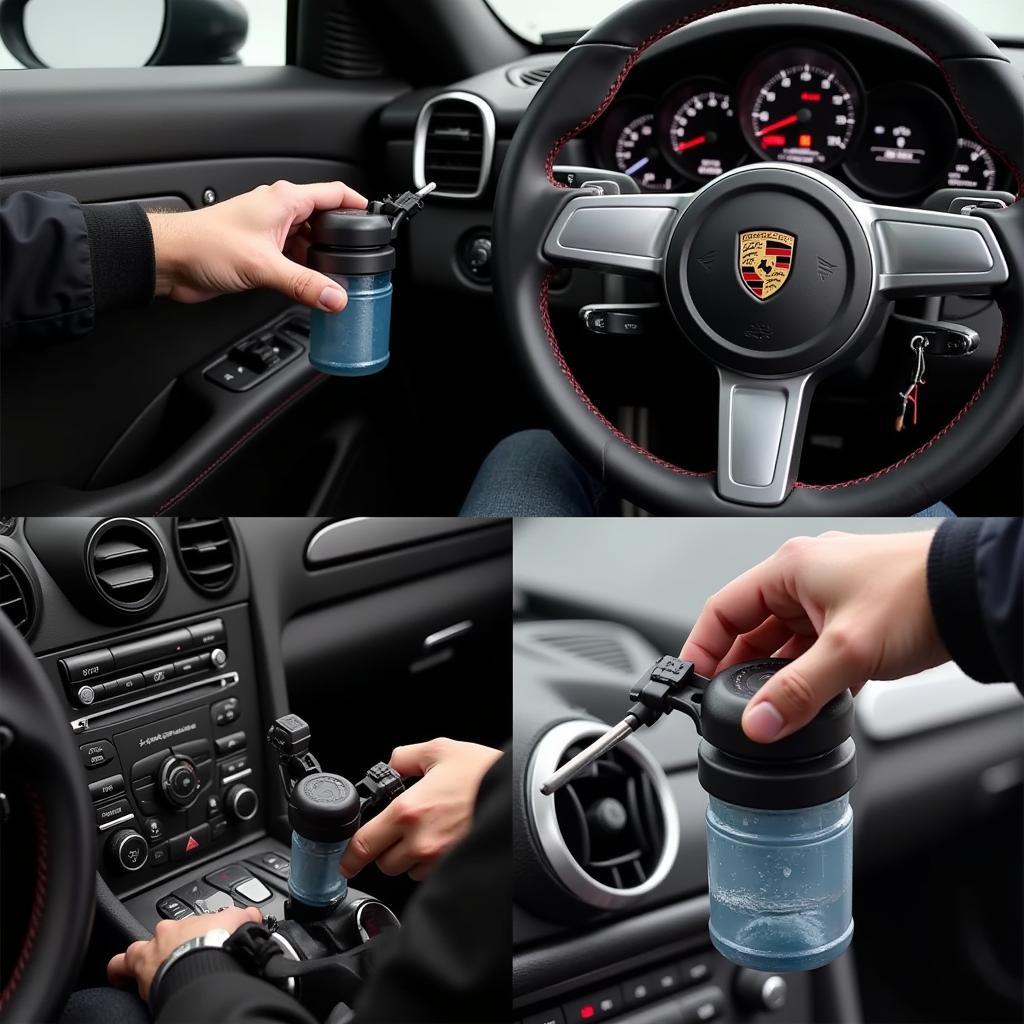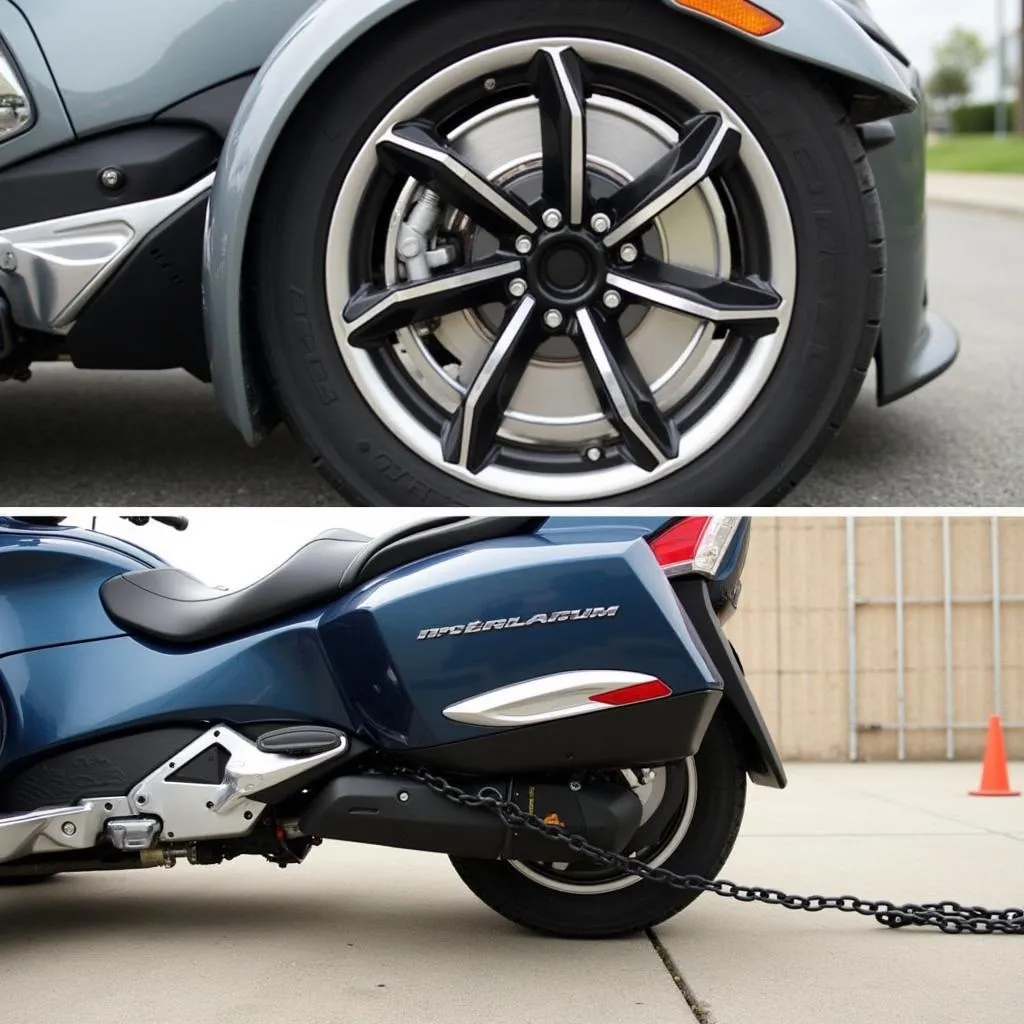Child car seats are meticulously designed to protect your most precious cargo. Every buckle, strap, and cushion serves a crucial safety purpose, rigorously tested to ensure optimal protection during a collision. However, a concerning trend has emerged where parents and caregivers unknowingly compromise this safety net by adding aftermarket products or modifications to car seats.
While seemingly harmless, adding anything not specifically designed or approved by the car seat manufacturer can have dangerous consequences. This includes seemingly innocuous items like infant head supports, strap covers, or even bulky winter coats.
Understanding the Risks: Why Manufacturers Warn Against Modifications
Car seat manufacturers conduct extensive crash tests and safety evaluations to ensure their products meet stringent safety standards. Introducing foreign objects, even those marketed for car seat use, disrupts this carefully engineered system. Here’s why:
- Compromised Crash Performance: Adding extra padding or accessories can create space between the child and the car seat’s safety harness. In a sudden stop or crash, this gap can lead to excessive movement, increasing the risk of injury.
- Altered Harness Fit: Aftermarket products like chest clips or strap covers can interfere with the proper fit and function of the harness system. The harness may loosen, become too tight, or sit incorrectly on the child’s body, jeopardizing their safety.
- Hidden Dangers: Some aftermarket products may contain hidden hazards. They might be made from flammable materials, pose a choking risk, or contain harmful chemicals.
- Voided Warranty: Using unapproved accessories or modifications can void the car seat’s warranty. This means that in the event of an accident or malfunction, you may not be covered for repairs or replacements.
Common Additions and Their Potential Dangers
Let’s delve into specific examples of items often added to car seats and the risks they pose:
- Infant Head Supports: While intended to provide support for newborns, many aftermarket head supports are too bulky and can force the chin toward the chest, increasing the risk of suffocation.
- Strap Covers: These soft covers might seem like a way to add comfort, but they can prevent the harness from tightening properly, reducing its effectiveness in a crash.
- Winter Coats and Bulky Clothing: Thick winter coats create a dangerous gap between the child and the harness straps. In a collision, the coat can compress, leaving the straps loose and increasing the risk of ejection.
Expert Insight
We spoke with Sarah Thompson, a Certified Child Passenger Safety Technician (CPST), who emphasized the importance of following manufacturer guidelines:
“Parents and caregivers want the best for their children, and it’s natural to seek ways to make them more comfortable. However, when it comes to car seat safety, it’s crucial to remember that any additions or modifications can have unintended and potentially dangerous consequences.”
Choosing Safe and Approved Accessories
The good news is that many car seat manufacturers offer a range of accessories specifically designed and tested for use with their products. These accessories, such as infant inserts, sunshades, or cup holders, undergo rigorous safety evaluations and will not compromise the car seat’s performance.
When choosing car seat accessories:
- Look for the manufacturer’s approval: Ensure the accessory is explicitly approved for use with your specific car seat model.
- Check for safety certifications: Look for certifications from reputable organizations like the Juvenile Products Manufacturers Association (JPMA).
Keeping Your Child Safe: A Shared Responsibility
Protecting children on the road is a collective responsibility. By following these guidelines and relying on the expertise of car seat manufacturers, parents and caregivers can make informed decisions that prioritize the safety and well-being of their little ones.


